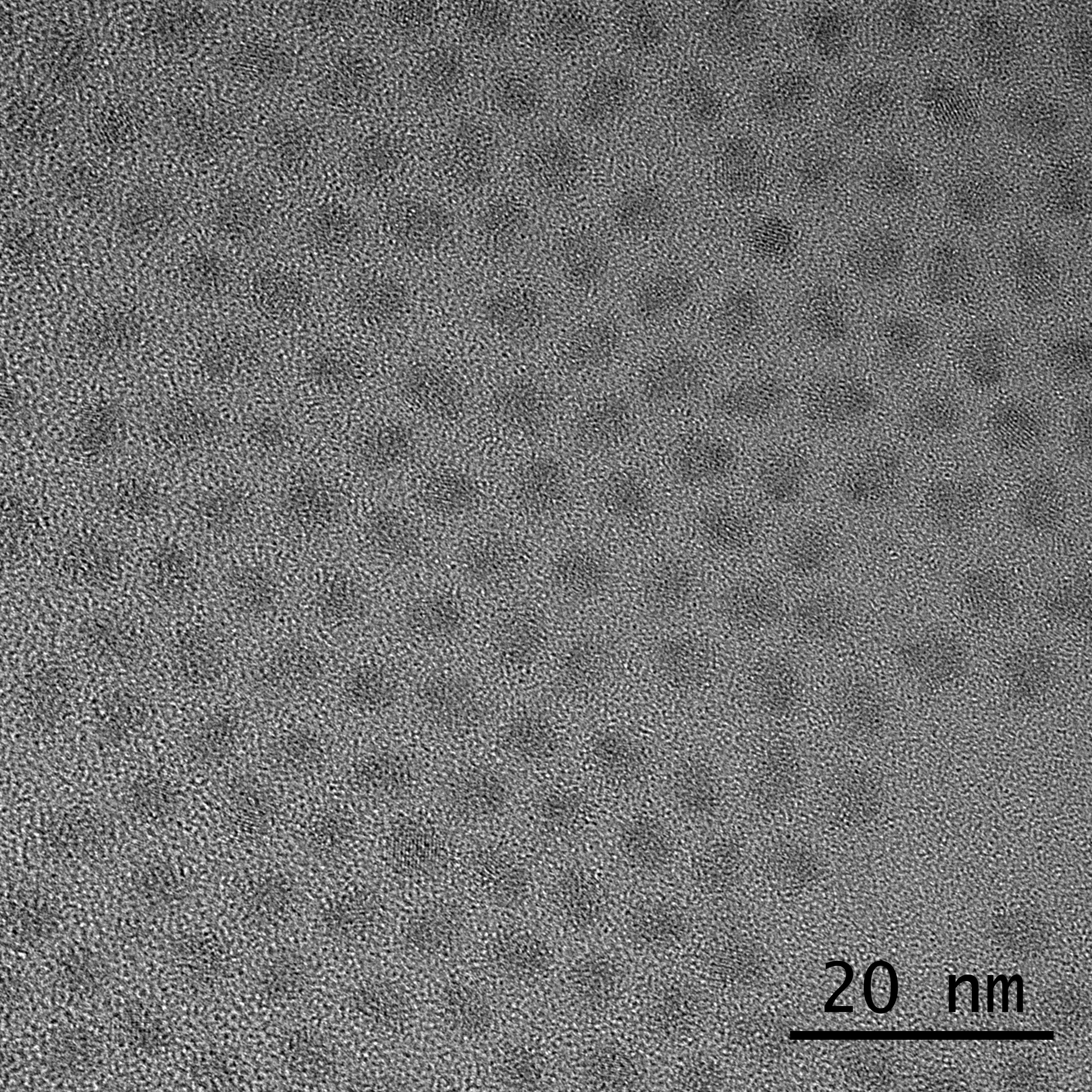Much of the radiation that the sun produces is too low in energy for existing solar cells to capture. For the first time, scientists in Australia and the United States have been able to ‘upconvert’ low energy light into high energy light using oxygen. The results are published in Nature Photonics.
Currently, solar cells, charge-coupled device (CCD) cameras and photodiodes (a semiconductor that converts light into electrical current) are made from silicon, which cannot respond to light less energetic than near infrared.
To extend the sensitivity range of these devices, and potentially increase the efficiency of solar cells, one strategy is to ‘upconvert light’, turning low energy light into more energetic, visible light that can excite silicon. Until now, this has not been possible for silicon.
Exciton Science researchers, based at UNSW Sydney, together with collaborators at RMIT University and the University of Kentucky, have found a unique way of overcoming this challenge by using semiconductor quantum dots to absorb the low energy light, and molecular oxygen to transfer light to organic molecules.
Co-authors, Prof. Richard Tilley, director of Microscopy Australia’s UNSW facility, and Dr Soshan Cheong, an advanced transmission electron microscopy (TEM) specialist, used TEM to determine the size distribution of the quantum dots (nanoscale man-made crystals). This was important because quantum dots of different sizes absorb different parts of the light spectrum.

Transmission electron microscope image of quantum dots taken at our UNSW facility, the Electron Microscope Unit
Usually oxygen is detrimental to molecular excitons, but at such low energies its role changes and it can mediate energy transfer, allowing the organic molecules to emit visible light, that has enough energy to be captured by the silicon.
While the technology’s efficiencies are still very low and a lot more work is needed to achieve commercialisation, the research is an exciting development, says senior author Prof. Tim Schmidt from UNSW Science.
“This is only an early demonstration, and there’s quite a lot of materials development needed to make commercial solar cells, but this shows us it’s possible,” Prof. Schmidt says.
Lead author, Elham Gholizadeh, also of UNSW Sydney, is optimistic about the potential of the work to make a rapid positive impact on the research field.
“As this is the first time we’ve been successful with this method, we will face some challenges. But I’m very hopeful and think that we can improve the efficiency quickly. I think it’s quite exciting for everyone. It’s a good method to use oxygen to transfer energy. Violanthrone doesn’t have the perfect photoluminescence quantum yield so the next step will be to look for an even better molecule.”

Elham Gholizadeh, Ph.D. student at UNSW Sydney and first author of the paper.
The Molecular Photonics Laboratories at UNSW Sydney. Credit: UNSW Sydney/Exciton Science
August 3, 2020